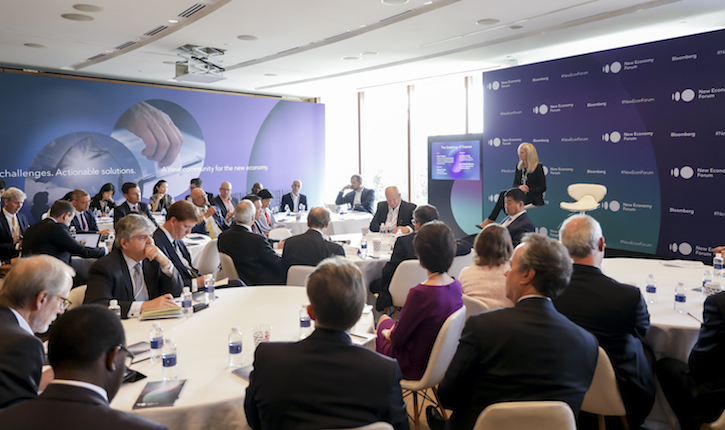
Paulson Institute Chairman Hank Paulson’s speech at the Bloomberg New Economy Forum warning of the potential of an “iron economic curtain” captured the concerns of the global CEOs and officials attending about the state of U.S.-China relations. While progress will be made in resolving some of the immediate issues around trade between the two countries, a range of differences will continue to be an irritant in the relationship. One of those key issues will be technology as China’s innovation moves up the value chain, disputes continue over protection of valued U.S. technology, and competition occurs in third markets over its use.
As Paulson asks, will countries be forced to select between the technology of the two countries, and will this, in effect, create an economic iron curtain?
One of the areas where we will see this technology competition occur is in environmental technologies. But at the same time, it presents an opportunity for cooperation, not competition.
The United States is the leader in research to create innovative solutions to some of the most pressing issues around reducing carbon emissions. All U.S. automakers have developed new energy vehicle technology, immense work is being done on developing new and more efficient sources of renewable energy, technologies have been developed to ensure that buildings are more energy efficient, waste management systems are highly developed and much more. These are technologies that could be meaningful in China’s war against pollution and help to achieve some of China’s ambitious environmental goals.
Yet even though the cutting edge technologies are being developed in America, it is in China where they have the potential to be commercialized. The existing infrastructure in the U.S. is largely entrenched in that many of these new ideas just cannot overcome the vested interests already in place.
In China, however, there is the market, the money, the production capability, and the interest to test out these new ideas. As China makes the transition to a low carbon economy a priority, and officials are held accountable for reducing air, water, soil and other types of pollutions, they will need innovative means to reach these goals.
Essential to their success also will be finding the means to pay for these new technologies.
At the New Economy Forum, the Paulson Institute hosted a panel to explore how to create innovative financing vehicles to help finance the transition to a low carbon economy globally. China is a prime example of the challenges facing most countries. Even though it has launched an ambitious campaign for green finance and is a world leader, the Chinese government is only able to fund about 10-15% of the necessary $1 trillion annually to implement its plans. And China is better situated than most countries given its still booming economy.
Global financial leaders and heads of financial institutions agreed that developing these innovative financing tools – as well as creating high lending standards and common understandings of the taxonomy of “green”—are essential to success.
And while the focus of the panel was not on U.S.-China relations, it was hard to ignore the obvious conclusion that there is great opportunity in the space – and much common ground – for the two countries to work together on being leaders in resolving this global challenge.


